Beyond Fashion: The Cultural Significance of Sepedi Traditional Attire
Beyond Fashion: The Cultural Significance of Sepedi Traditional Attire
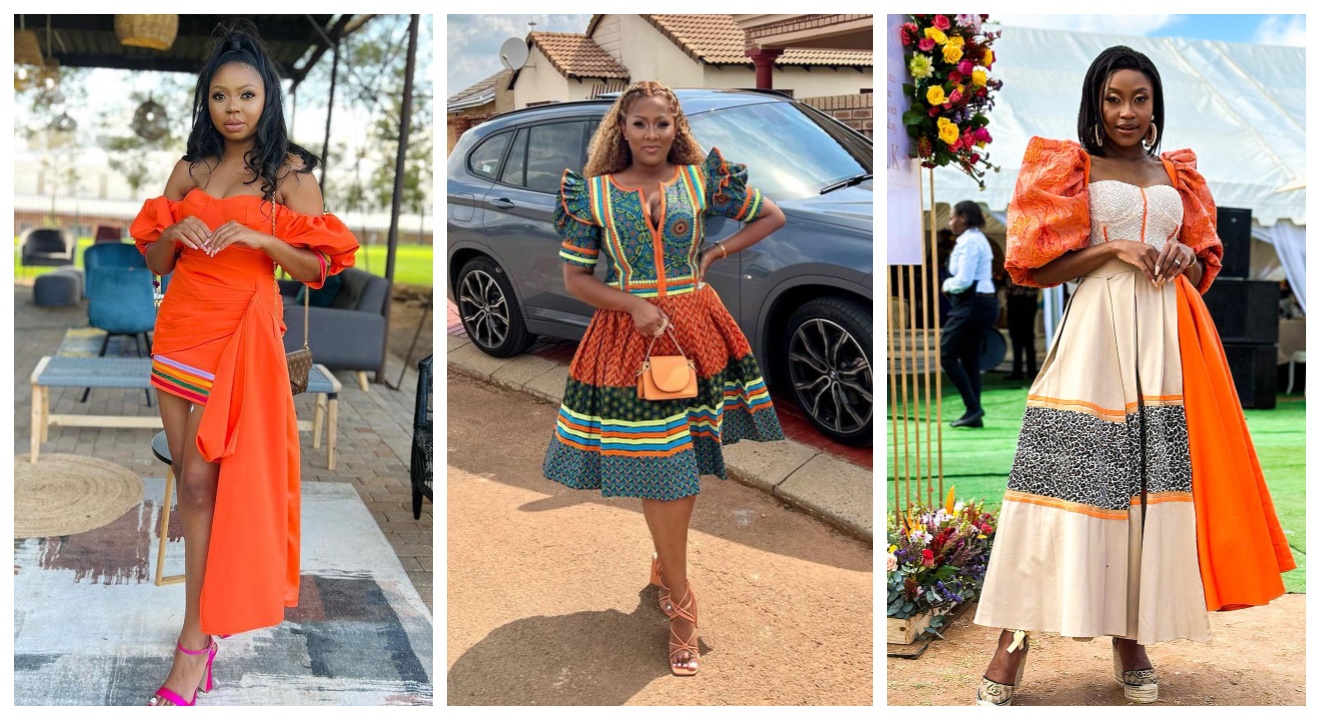
Introduction
Sepedi Traditional Attire is more than just a fashion statement. It holds a deep cultural significance for the Sepedi people, representing their heritage, traditions, and identity. Beyond being a form of clothing, it is an important aspect of their cultural practices and rituals.
Overview of Sepedi Traditional Attire and its cultural significance
Sepedi Traditional Attire is rooted in the rich history and customs of the Sepedi people. It serves as a powerful symbol of their cultural identity and heritage. The clothing typically includes vibrant colors, intricate patterns, and accessories that reflect the cultural values and traditions of the community.
For the Sepedi people, wearing traditional attire is not only about fashion but also about celebrating their history, ancestors, and traditional rituals. Each garment carries specific meanings and represents different stages of life or events. It serves as a visual language that communicates important aspects of their social, spiritual, and cultural beliefs.
Additionally, Sepedi Traditional Attire is worn during special occasions such as weddings, initiation ceremonies, and traditional festivals. It brings people together, fostering a sense of unity and pride in their shared heritage.
Wearing Sepedi Traditional Attire also helps preserve traditional craftsmanship and supports local artisans who create these unique garments. It is a way of promoting cultural sustainability and showcasing the beauty and diversity of Sepedi culture to the world.
In conclusion, Sepedi Traditional Attire goes beyond being a mere fashion choice. It holds immense cultural significance for the Sepedi people, representing their identity, heritage, and traditions. By embracing and appreciating these garments, we not only honor their rich history but also support the preservation of this unique cultural heritage.
History of Sepedi Traditional Attire
The cultural significance of Sepedi traditional attire goes beyond just a fashion statement. It carries with it a rich history that has evolved over time.

Origins and Evolution of Sepedi Traditional Attire
Sepedi traditional attire has its roots in the Pedi tribe of South Africa. It represents their unique cultural identity and serves as a symbol of pride and heritage. Over the years, the attire has evolved to incorporate modern elements while still maintaining its traditional essence. Today, Sepedi traditional attire is not just worn on special occasions but has also gained recognition in the fashion world, with designers incorporating its patterns and fabrics into contemporary designs. This fusion of tradition and modernity showcases the cultural richness of Sepedi attire and its ability to adapt to changing times while preserving its significance. Whether it’s the vibrant colors, intricate beadwork, or traditional accessories like blankets and hats, Sepedi traditional attire tells a story of cultural heritage and serves as a visible representation of identity for those who wear it. By embracing and celebrating Sepedi traditional attire, individuals not only honor their ancestors but also contribute to keeping their culture alive for future generations.
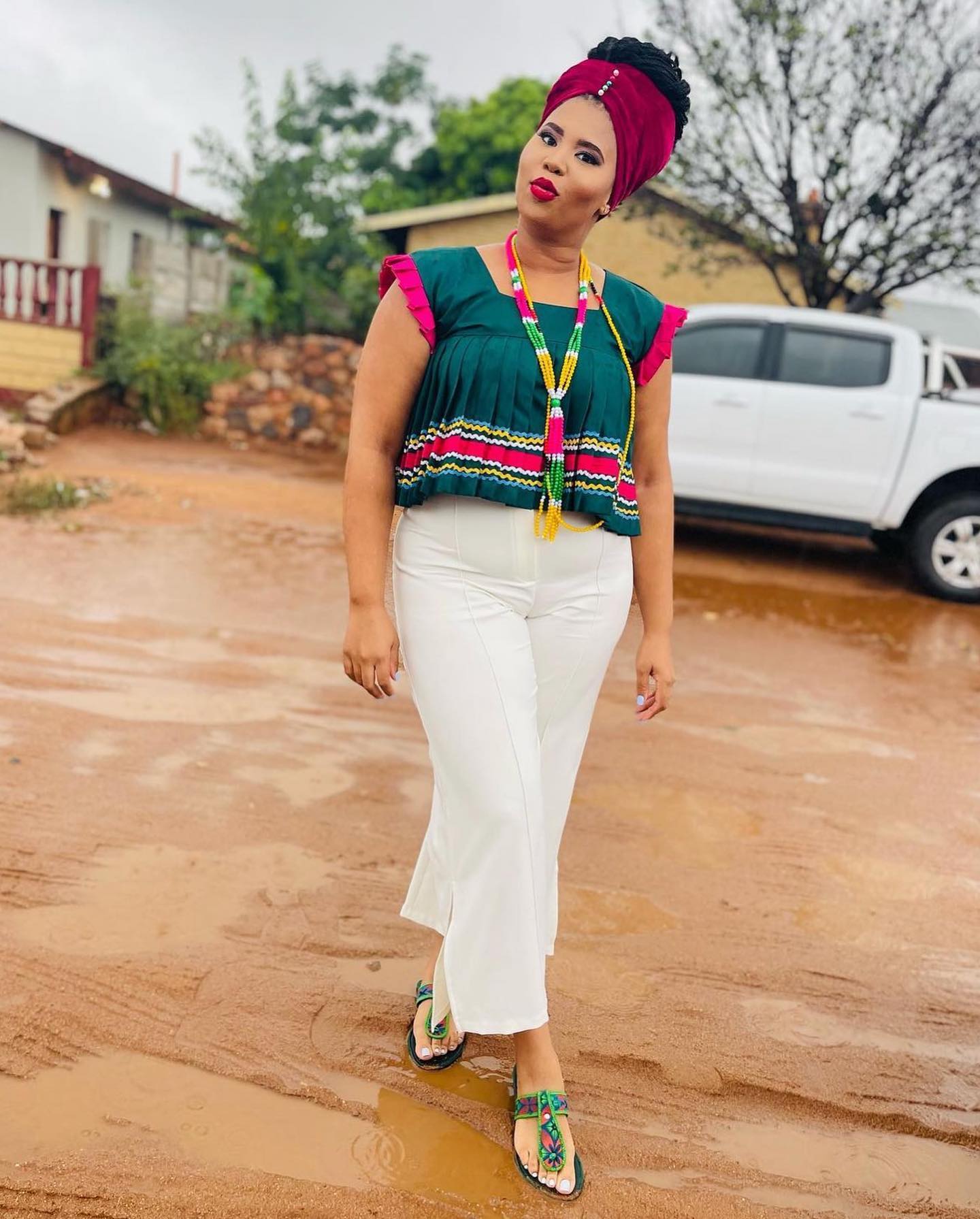
Symbolism and Meaning
Sepedi traditional attire holds deep cultural significance and is more than just a fashion statement. Each element of the attire carries symbolic meaning and represents the rich heritage and traditions of the Sepedi people.
The symbolism and meaning behind different elements of Sepedi Traditional Attire
Ilele: The ilele, a traditional headwrap worn by women, symbolizes a sense of pride, dignity, and respect. Its bright and colorful patterns reflect the vibrancy of Sepedi culture.
Shawl (Maphotho): The shawl, known as maphotho, is worn as a symbol of femininity and modesty. It is often beautifully decorated with intricate beadwork, representing the wearer’s status and wealth.
Apron (Sesokwe): The sesokwe, an embroidered apron worn by both men and women, signifies marital status and fertility. The patterns and colors on the apron have specific meanings, conveying messages about life stages and social status.
Beaded Jewelry: Beaded necklaces, bracelets, and headbands are common accessories in Sepedi traditional attire. Each bead color represents specific values, such as vitality, strength, unity, or prosperity.
Printed Fabrics: The use of printed fabrics, like shweshwe or wax prints, in Sepedi attire adds a contemporary touch while still respecting tradition. The patterns on these fabrics often depict elements of nature or cultural symbols.
Sepedi traditional attire goes beyond fashion by preserving cultural heritage, telling stories, and connecting individuals to their roots. It is a beautiful display of identity and pride that continues to evolve while honoring centuries-old traditions.
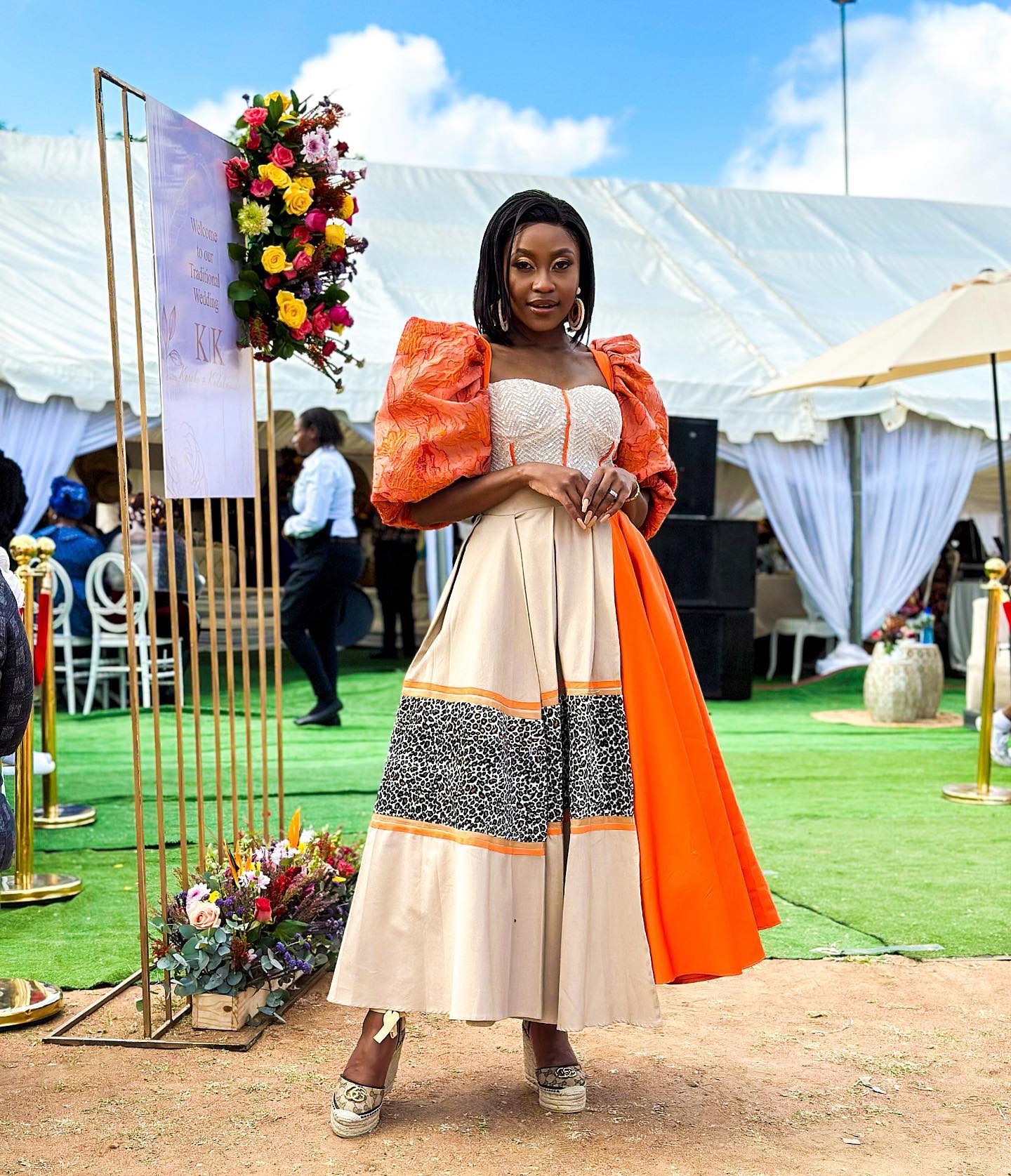
Traditional Attire for Men
Description of traditional attire for men and its significance
Sepedi traditional attire offers a rich cultural experience that goes beyond fashion. For men, traditional attire consists of vibrant fabrics, such as intricate patterned shirts, vests, and pants. These garments are meticulously crafted to reflect cultural heritage and traditions.
Wearing Sepedi traditional attire allows men to embrace and showcase their cultural identity. It symbolizes pride, heritage, and a connection to ancestors. This attire is worn on special occasions like weddings, initiation ceremonies, or cultural festivals.
The significance of Sepedi traditional attire goes beyond aesthetics. It serves as a means of preserving cultural traditions and showcasing the beauty of Sepedi culture. By wearing these garments, men can express their respect for their heritage and keep their traditions alive.
Sepedi traditional attire also plays a role in fostering unity and belonging within the community. When individuals dress in traditional attire, they create a visual representation of shared values and beliefs. It inspires a sense of pride and camaraderie among community members.
In today’s world, where globalization often overshadows cultural diversity, Sepedi traditional attire serves as a powerful symbol of identity and authenticity. It reminds us of the importance of honoring our roots and appreciating the rich tapestry of cultures that make up our global society.

Traditional Attire for Women
Description of traditional attire for women and its significance
Sepedi traditional attire for women is a vibrant and colorful representation of cultural heritage. It typically consists of a long dress called a “thobela” adorned with beautiful prints and intricate beadwork. The Thobela is often accompanied by a matching headpiece, known as a “doek,” which adds elegance and completes the look.
Beyond being fashion statements, Sepedi traditional attire holds deep cultural significance. It serves as a way for women to proudly express their identity, heritage, and belonging to the Sepedi community. The intricate designs and colors on the attire also symbolize various aspects of Sepedi culture, such as the values, beliefs, and spiritual practices.
Wearing traditional attire is not limited to special occasions or ceremonies; it is an everyday choice for many Sepedi women. By embracing their traditional dress, they honor their ancestors, preserve their cultural traditions, and assert their individuality within a diverse society.
In addition to its cultural importance, Sepedi traditional attire also plays a role in boosting economic development. Many local artisans and designers create these unique pieces, offering employment opportunities and providing a platform for showcasing their creativity and craftsmanship.
By wearing Sepedi traditional attire with pride, women contribute to the preservation and celebration of their cultural heritage while making a bold fashion statement. It serves as a reminder that cultural diversity should be cherished and appreciated, ensuring the legacy of Sepedi traditions for generations to come.

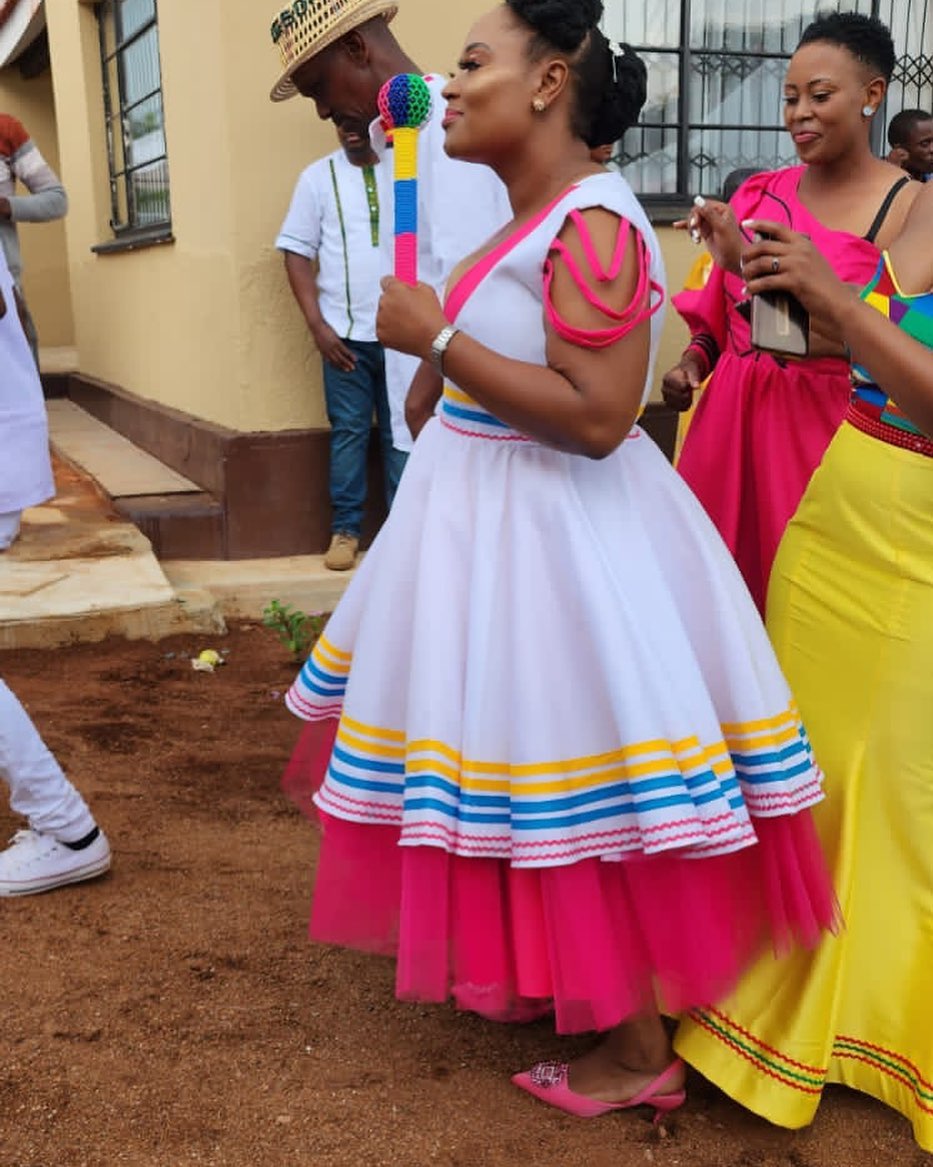
Accessories and Adornments
The beauty and cultural significance of Sepedi traditional attire go beyond fashion. It is a representation of history, heritage, and identity. To fully appreciate the richness of Sepedi traditional attire, one must consider the accessories and adornments that accompany it.
Traditional accessories and adornments used in Sepedi Traditional Attire
- Headpieces: The headpiece is an integral part of Sepedi traditional attire. Women often wear colorful beaded headbands or intricate headdresses that symbolize their status and affiliations.
- Jewelry: The use of jewelry is a common practice in Sepedi culture. Women wear necklaces, bracelets, and earrings made from beads, shells, or metals like copper and brass. These pieces are not only decorative but also hold symbolic meanings.
- Clothing embellishments: Sepedi traditional attire features beautiful embellishments such as embroidery, beadwork, and hand-painted designs. These intricate details add depth and character to the garments, making them visually stunning.
- Skins and furs: Historically, animal skins and furs were used as clothing materials in Sepedi culture. Although less common today, they still hold cultural significance and are sometimes incorporated into modern interpretations of traditional attire.
- Footwear: Sepedi traditional footwear includes beaded sandals known as “mokorotlo” for men and “makgwapa” for women. These intricately designed shoes showcase the craftsmanship and artistry of the culture.
By paying attention to the accessories and adornments used in Sepedi traditional attire, we can gain a deeper understanding of their cultural significance. These elements not only enhance the aesthetic appeal but also reflect the values, traditions, and history of the Sepedi people
H2: Modern Adaptations
Sepedi traditional attire holds immense cultural significance, representing the rich heritage of the Sepedi people in South Africa. However, with the evolving fashion landscape, it has also been adapted to modern trends.
H3: How Sepedi Traditional Attire has been adapted to modern fashion trends
The unique and vibrant patterns of Sepedi traditional attire have caught the attention of the fashion industry, leading to its integration into modern designs. Designers have modernized traditional silhouettes, creating contemporary garments that incorporate traditional elements such as beading and embroidery.
Furthermore, Sepedi traditional attire has become a source of inspiration for fashion enthusiasts worldwide. There is an increasing trend of individuals incorporating elements of Sepedi traditional attire into their everyday outfits, merging cultural heritage with personal style.
Celebrities and influencers have also embraced Sepedi traditional attire, often wearing it for special events or photoshoots. This exposure has helped popularize and showcase the beauty of Sepedi culture on a global scale.
In addition to clothing, accessories such as handbags, shoes, and jewelry have also seen adaptations inspired by Sepedi traditional attire. These accessories allow individuals to add a touch of cultural significance to their overall look, celebrating their heritage in a modern way.
Overall, the adaptation of Sepedi traditional attire to modern fashion trends not only preserves its cultural significance but also allows it to evolve and remain relevant in today’s world. It serves as a reminder of the rich history and traditions of the Sepedi people while also contributing to the diversity and richness of global fashion.
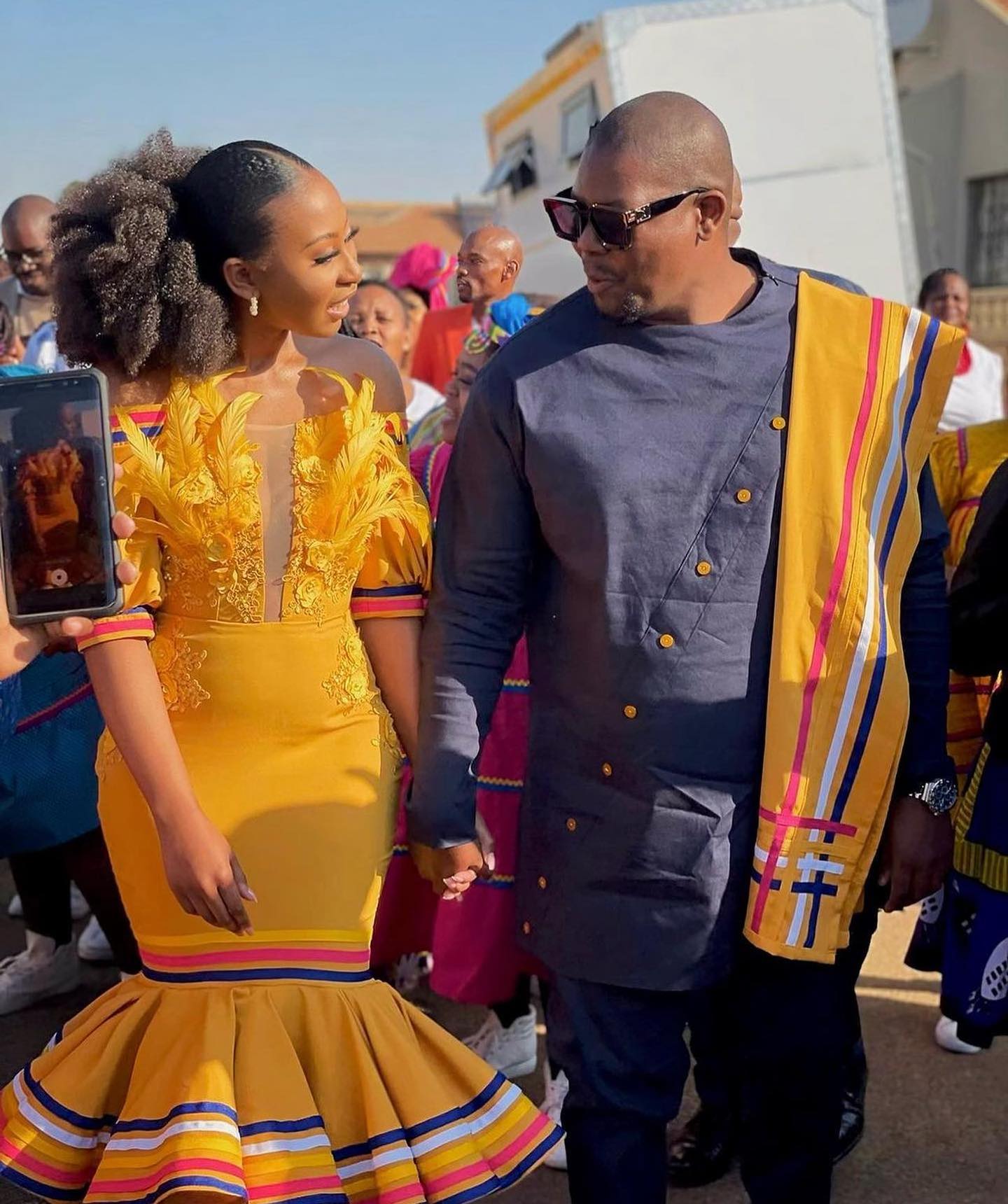

Cultural Preservation and Revival
Sepedi traditional attire holds a significant cultural value amongst the Sepedi people of South Africa. It represents their history, traditions, and identity. Beyond just fashion, it serves as a means of preserving and reviving their rich cultural heritage.
Efforts to preserve and revive the cultural significance of Sepedi Traditional Attire
- Celebrating Heritage: Organizations and individuals are actively working to promote the importance of Sepedi traditional attire by organizing cultural festivals, events, and fashion shows that showcase its beauty and significance. These platforms aim to educate younger generations about their cultural roots and encourage pride in their heritage.
- Adopting Traditional Attire: More people are embracing Sepedi traditional attire in their everyday lives, not just during special occasions. This act of wearing traditional clothing helps to keep the cultural significance alive in the modern world.
- Supporting Local Artisans: Buying authentic Sepedi traditional attire from local artisans supports their craft, encourages economic growth within the community, and ensures the continuation of traditional clothing production.
- Collaborating with Designers: Collaborations between local designers and traditional craftsmen bring a blend of tradition and contemporary style into Sepedi traditional attire. This fusion attracts a wider audience while still preserving its cultural essence.
By preserving and reviving the cultural significance of Sepedi traditional attire, the community strengthens its sense of identity, fosters pride in its heritage, and ensures that future generations appreciate the beauty and importance of this unique form of self-expression.
Beyond Fashion: The Cultural Significance of Sepedi Traditional Attire
Sepedi Traditional Attire is more than just clothing; it holds a deep cultural significance that transcends fashion trends. This traditional attire plays a crucial role in preserving and celebrating the rich heritage of the Sepedi people.

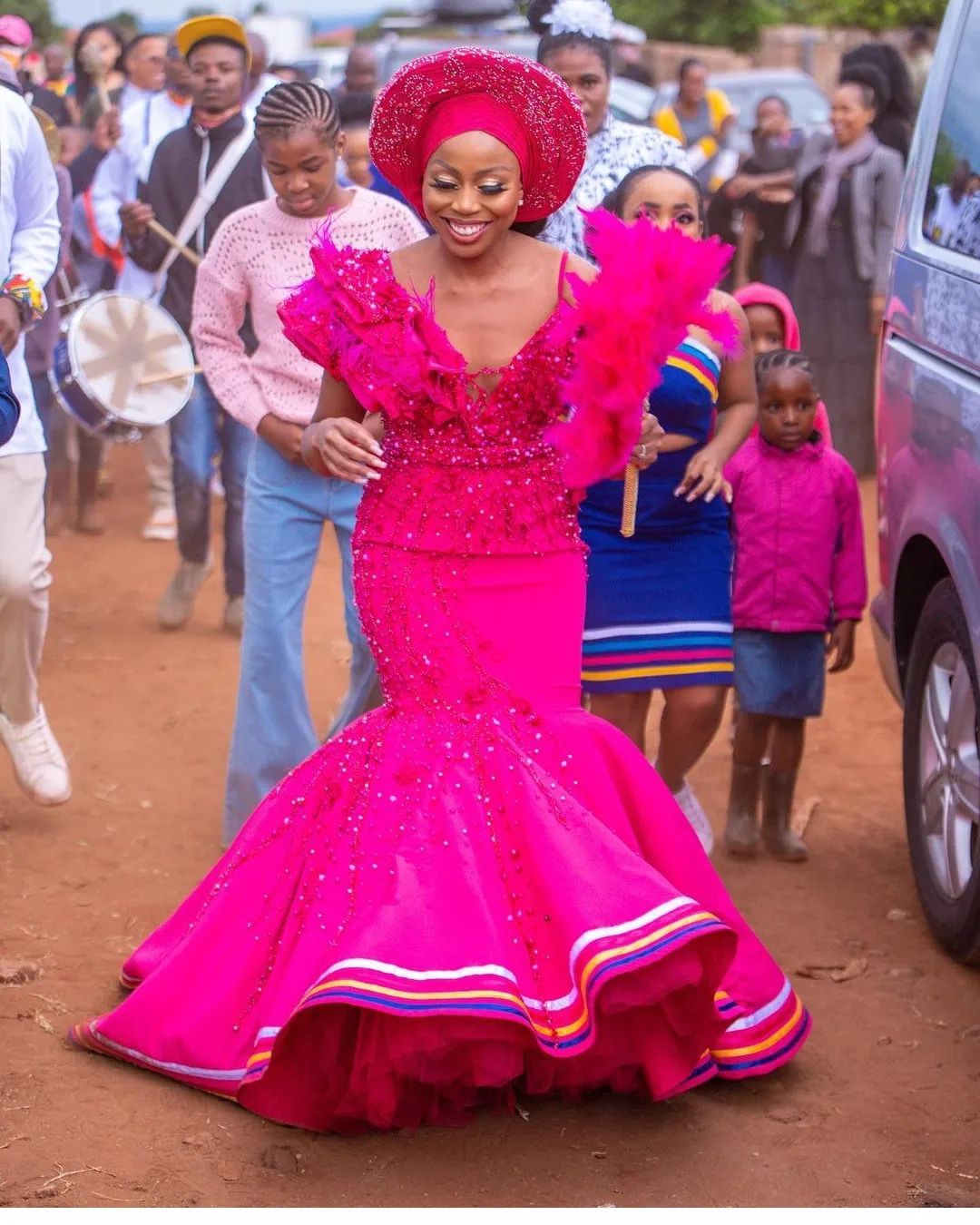
The enduring cultural significance of Sepedi Traditional Attire and its role in preserving heritage
Sepedi Traditional Attire carries with it a sense of pride and identity for the wearers. It reflects the history, values, and customs of the Sepedi culture. Every garment tells a story, from the intricate design patterns to the use of vibrant colors, each element is carefully chosen to represent different aspects of Sepedi tradition.
By embracing Sepedi Traditional Attire, individuals contribute to the preservation of their cultural heritage. It serves as a visual symbol that fosters unity amongst the Sepedi community and strengthens bonds between generations and across communities. When wearing traditional attire, individuals actively participate in cultural practices and rituals, ensuring that traditions are passed down to future generations.
Furthermore, Sepedi Traditional Attire goes beyond fashion trends. It serves as a reminder of the resilience and strength of the Sepedi people throughout history. By wearing it proudly, individuals honor their ancestors and keep their heritage alive.
In conclusion, Sepedi Traditional Attire is more than just a fashion statement; it represents the enduring cultural significance of the Sepedi people. By wearing this attire, individuals connect with their roots, preserve their heritage, and contribute to the celebration of Sepedi culture for generations to come.
Comments are closed.